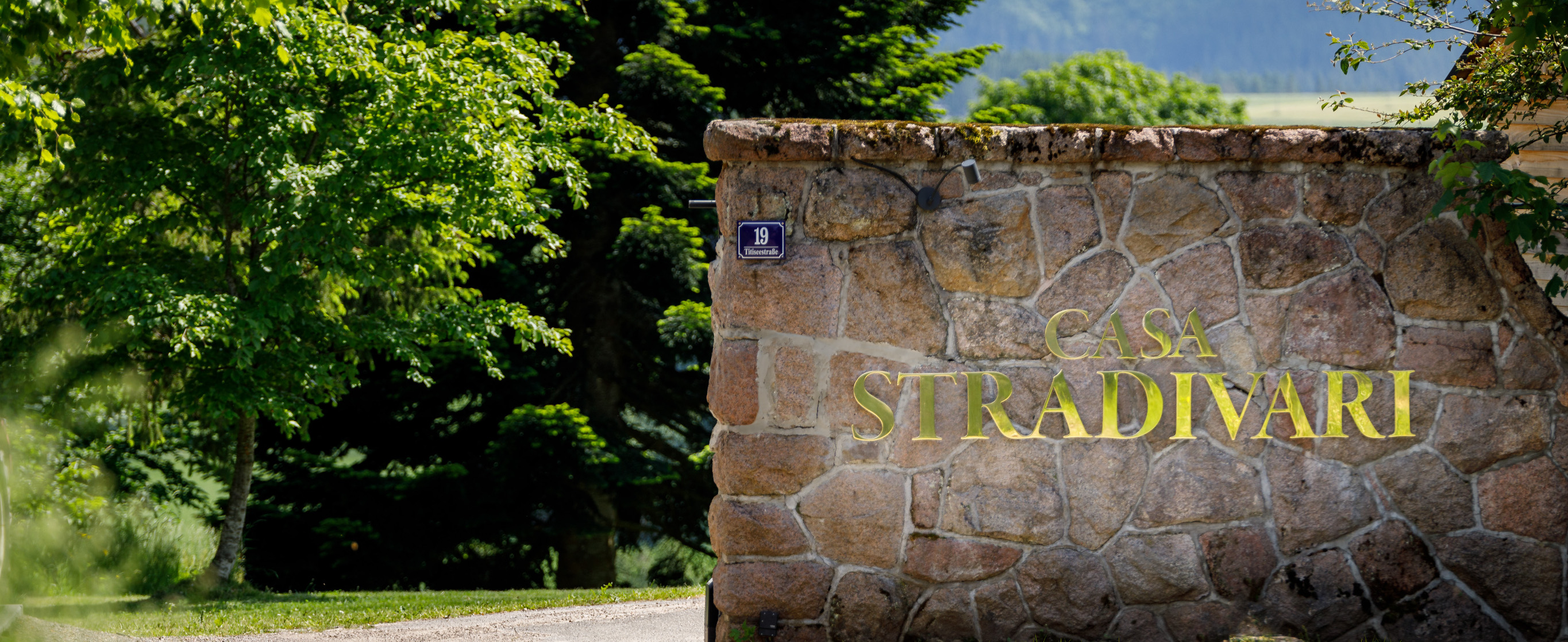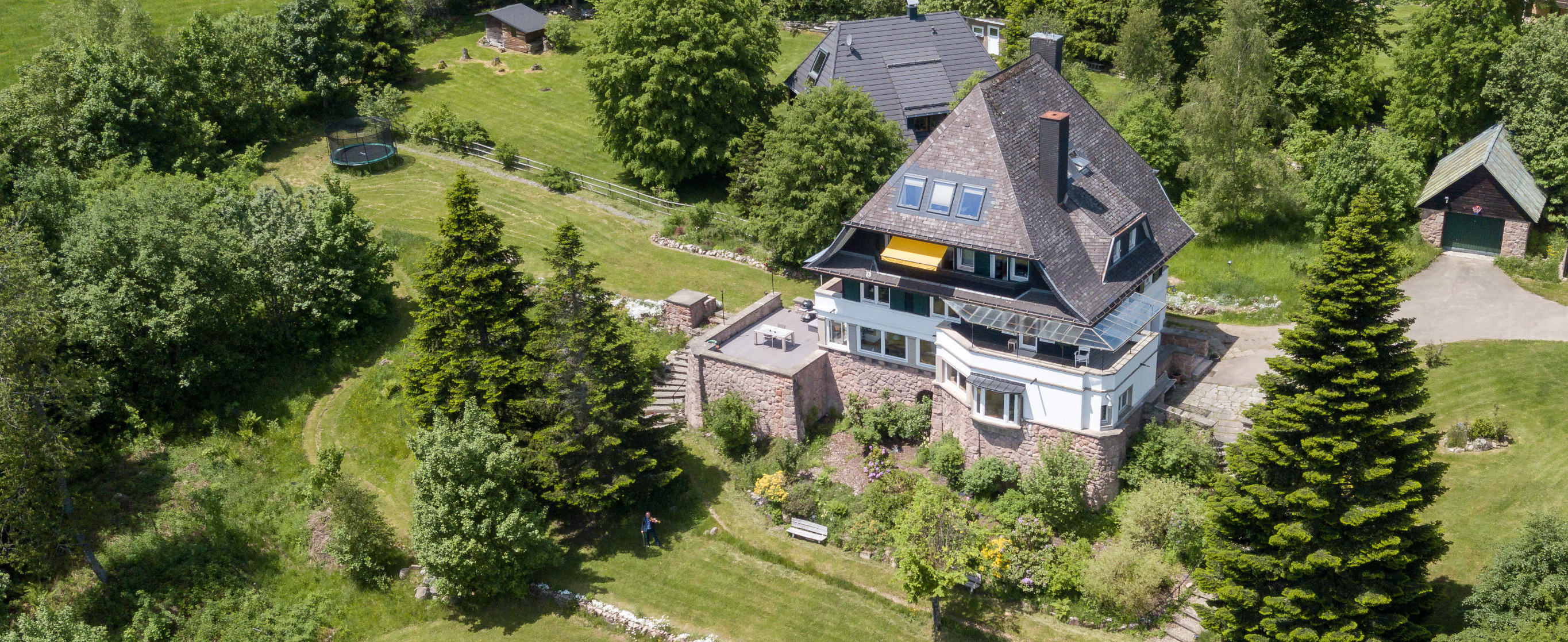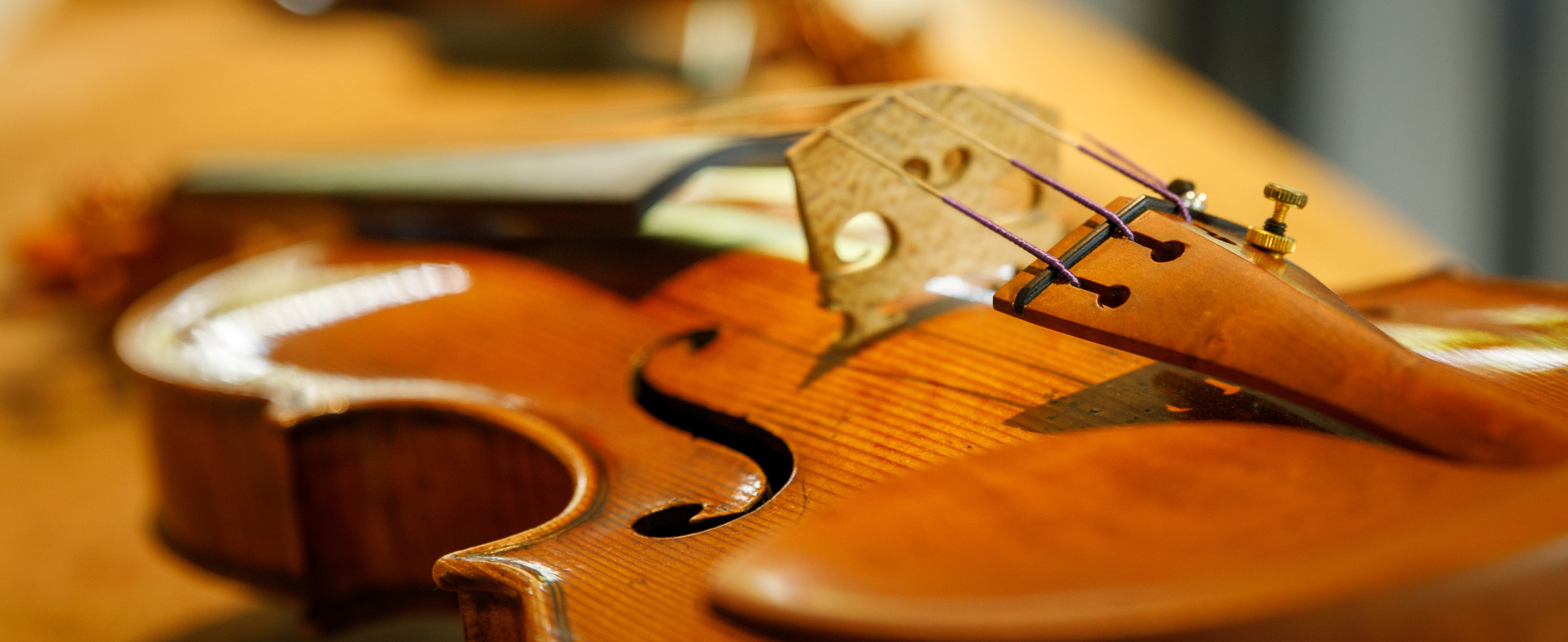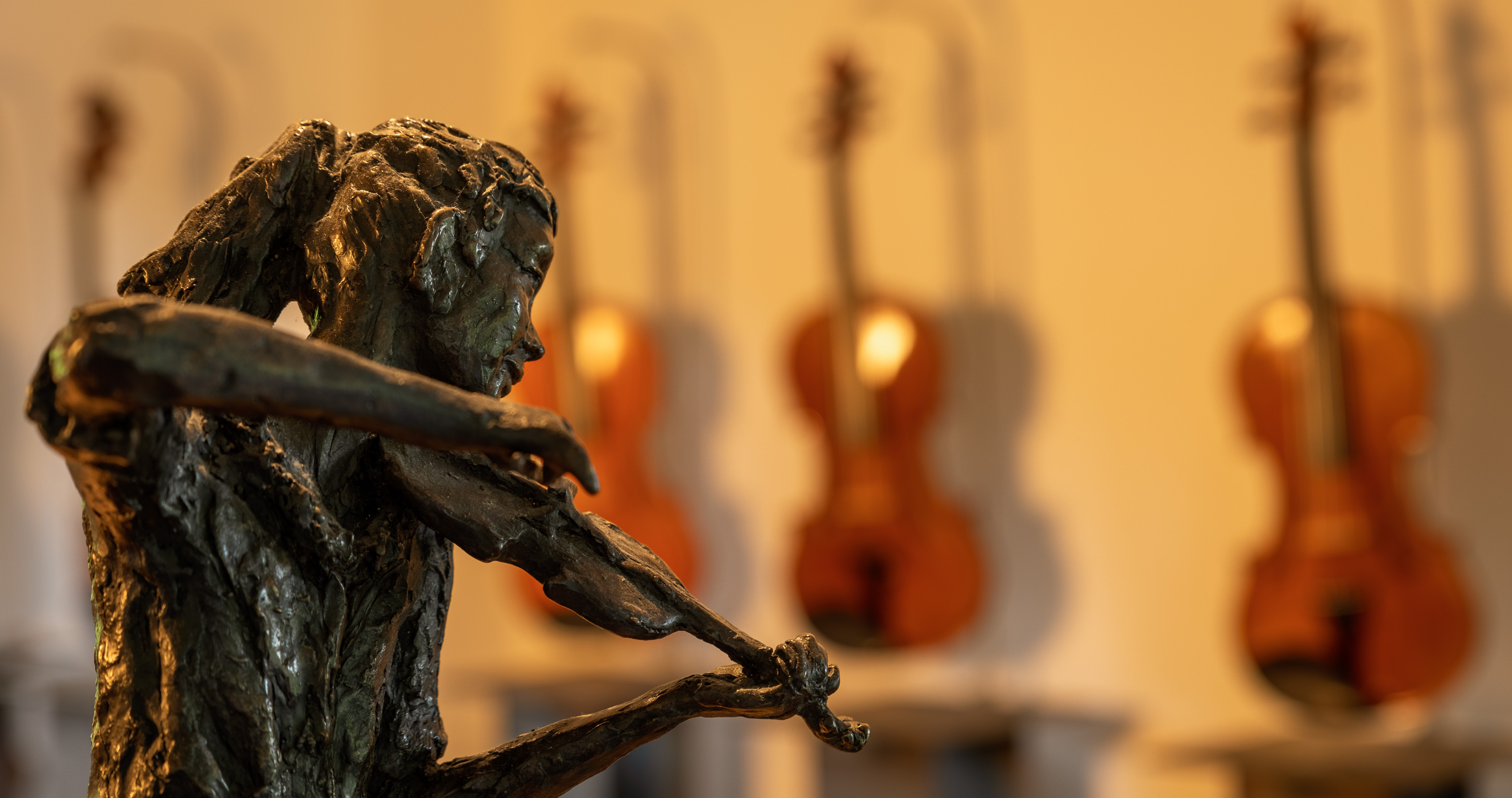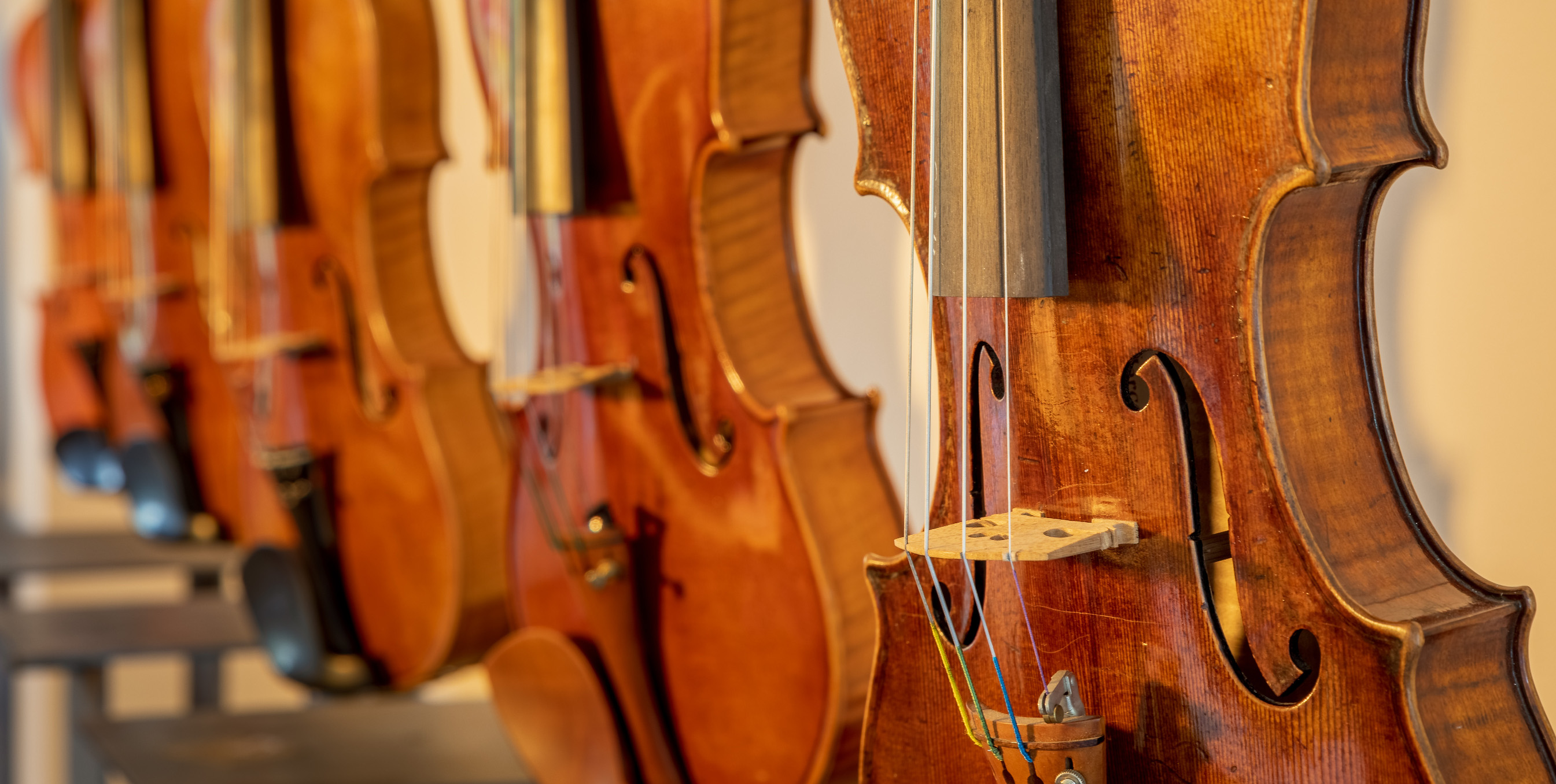Volume V-VIII
Five years have passed since we published Volumes I–IV on Antonio Stradivari in 2010, and my team and I have used this time to track down another 152 Stradivari instruments. So now more than 300 instruments have been depicted and documented, which should amount to roughly two-thirds of the Antonio Stradivari instruments that remain today.
Many owners were ecstatic in offering their support. Still the undertaking was a major effort for all of us once more, and sometimes a good deal of persuasion was necessary in order to obtain some owners’ approval for such a publication.
In this context we were especially happy to receive Prof. Anne-Sophie Mutter’s approval to include her instrument, the 1710 “Lord Dunraven”, in this publication. We gladly catered to her request to use her own photo material in this case. Thus these volumes represent another several steps towards a more complete review of Stradivari’s œuvre.
Of course, it remains our goal to depict the complete œuvre and even to capture specific sub-areas. In our research we came across several instruments whose tops or bottoms were unfortunately the only remaining original pieces. We decided to round them up in later volumes.
Of specific significance was the contribution of historian Dr. Christian Eder. He was able to add several facts and connections to this publication that had not been discovered before. For instance, the nicknames of several instruments had to be corrected.
Besides the art historical perspective, the technical quality of the instruments was to be described, the level of preservation as well as special features were to be detailed, reductions or incoporations were to be tracked. This task was handled by musicologist and luthier Johannes Loescher in close cooperation with the above-mentioned experts.
Finally I asked John Dilworth to make his essay on Antonio Stradivari’s sons available for this publication. Without his sons’ devoted cooperation, it is unlikely that Antonio Stradivari could have created such a comprehensive œuvre.
In our present volumes V–VIII we were able once more to make use of the newest technological advances.
With regard to the quality of the pictures we could rely on Jan Röhrmann’s expert knowledge again. He used Phase One’s top-rated model IQ180 in full format with a resolution of 80 megapixels. This allowed us to document the instrument with even more precision. By means of the unique modular turntable system of 3D-VIZ.com for 360-degree imagery, we were also able to depict the instruments in three dimensions. We had a few examples made and have the results available on our homepage and on the attached DVD.
A special highlight of this publication is the use of dendrochronological study. It is presented in a separate article by our expert Arjan Versteeg. We submitted each instrument to this procedure in order to exclude from this publication any instruments that have obviously been falsely assigned. Fortunately there were only very few cases in which preexisting doubt was corroborated by this method of examination. What occurred more on the basis of this analysis was having to redate instruments to a later year of manufacture; in other cases an earlier date was probable. In addition we also included the instruments from the first four volumes in this examination, leading to encouraging results that support our research. One particular result of this work is the discovery that several instruments come from the same trunk.
Dr. Rudolf Hopfner, Violin Forensic, gave us the opportunity to have several instruments examined by a micro CT scanner at Vienna University. You will find the results and an introduction to this technology both in a separate article and in a video on the attached DVD. We were thoroughly excited by this cooperation. It was like moving through the instrument, which itself was now made of glass, so that even the smallest anomaly of the wood could be traced. I am convinced that this new dimension of assessing instruments will soon be made the standard practice and will reveal to us the last secrets of violin-making of that time.
What is also new to this publication is the auditory element. Both on the homepage and on the DVD you will find sound samples of highly diverse Stradivari instruments. We consciously chose only a few minutes per instrument in order to allow for a comparison of the instruments. We hope to be able to complete this databank with samples of all instruments in the future.
We were introduced to another interesting process by Andrea Michetti, a luthier from Turin. By means of endoscopic examination and the Microtex camera system he showed us an uncomplicated way how to reach the insides of the instruments and to capture the level of their preservation in high-quality videos and pictures. In this way restoration work can be tracked precisely without having to open up or possibly damage the instrument.
The printing house Pinsker proved to be a company that could master all challenges concerning the printing quality in the best sense of the word. Especially the lengthy process of print approval, which spanned several weeks, was challenging for all persons involved. It is vital, however, in order to ensure the precise colour space of the varnishes and the exact representation of the instruments on paper. Without sensitive and experienced printers as well precise craftsmanship in preparing the printing with the respective colour proofs by Jan Röhrmann, this could not have been done.
To print the documentation we had the world famous quality of HEIDELBERG’s newest generation of platesetters and printing machines at our disposal again. It guarantees the best possible realization.
A few years ago two small oil painting appeared at an auction in Genoa with portraits of Antonio Stradivari and Giuseppe Guarneri del Gesù. At present they are the oldest depictions of the two masters. To express her enthusiasm for these works the sculptor Marijke de Vré Verlaan created a bronze sculpture, which, in turn, served as a template for the artist SAXA to create the word picture that we included in our publication, with the words of Antonio Stradivari’s will.
Acknowledgements
First of all I am grateful here to my wife Angelika Wied-Thöne and my six children, who have encouraged and supported me indefatigably, not only during all stages of this documentation.
I also want to thank my two eldest sons Jonas and Claudius, who assisted me tremendously with their knowledge and their spirit both with the organization beforehand and with the production itself.
Jan Röhrmann, who I have worked closely with for over two decades now, has supported me again in a great and highly professional manner while working on these supplementary volumes. He went out of his way and travelled even to the most distant locations to take photographs of instruments for this publication.
We had already received perfect support in the production of the first four volumes by Maren Korhammer and her design agency Korhammer Design GmbH. It is a special challenge to embed all those many results and levels into the complete layout and have it look as if made from one piece. I am grateful for her support that is always professional and personal at the same time as well as for her motivational influence on the whole team.
The digital expansion to include the website www.stradivariobooks.com was made possible in cooperation with Gerd Faßbender, who is responsible for all IT tasks. This is a decisive step into the modern shape of a printed documentation. Should any documents appear only after printing, we are able to add them to the 300 shown instruments at any time. Interior photos, audio and video samples, CT images, certificates, restorations, changes of soloists and owners can all be documented in a manner adequate for our era now.
Marco Römisch was of immense help to me in the complex organisation of the project and as a consultant, as well as the marketing of the project, a supervision in its own league that helped me make many important decisions and will continue to do so.
The firm Carpenter Fine Violins LLC, especially represented by Sean Carpenter, significantly supported our work in the USA. It is due to him that we were allowed once ore to incorporate a large amount of instruments that are located in the USA. What is more, Sean Carpenter has also contributed the instruments’ biographies, for which I am deeply indebted.
I am also grateful to many colleagues for their support in the form of granting us access to their studios for photo shoots as well as local organisation in manifold ways. These include:
USA/Canada
David Brewer Fine Violins LLC and Erin Brewer
Roger und Daniel Dubois/Canimex Inc.
Ric Heinl/Geo. Heinl & Company Ltd
Christophe Landon Rare Violins NYC
Rare Violins of New York
David Seagal Violins Ltd
Tarisio London & NYC
The Cozio-Archive
Europe
J&A Beare Ltd.
Florian Leonhard Fine Violins
Sean Bishop Violins
Stephan von Baehr
Balthazar Soulier
Frédéric & Lucie Chaudière
Johannes G. Leuthold
Roland Baumgartner
Jürg Buchwalder
Michael Zuber
Matthias Beimdiek
Jens Stenz
Jens G. Johansson
Asia
Muneyuki Nakasawa
Dai-Ting
Ricci Inagaki
Anna Stuart supported the project as a native speaker with linguistic empathy for this sensitive topic. Furthermore she possesses the necessary knowledge of this frequently complex subject.
The documentation was copy-edited by Ingbert Edenhofer, who had already done outstanding work on the first four volumes.
The sensitive collection and proofing of the measurements of each instrument on the DVD was conducted by Claudia Dewar. She also organised the audio samples and assisted with all aspects of coordination.
Finally Dr. Joachim Groth again took care of filling one or another expert with enthusiasm for our project and eventually raising funds. For this, as well, I am deeply grateful.
A publication like this cannot be accomplished without the friendly support of the most important collections and museums worldwide:
Royal Academy of Music, London
Glinka National Museum Consortium of Musical Culture, Moscow
Galleria degli Uffizi, Florence
Ashmolean Museum, Oxford
Accademia Nazionale di Santa Cecilia, Rome
Chi Mei Culture Foundation, Tainan
Museo del Violino, Cremona
Musée de la Cité, Paris

